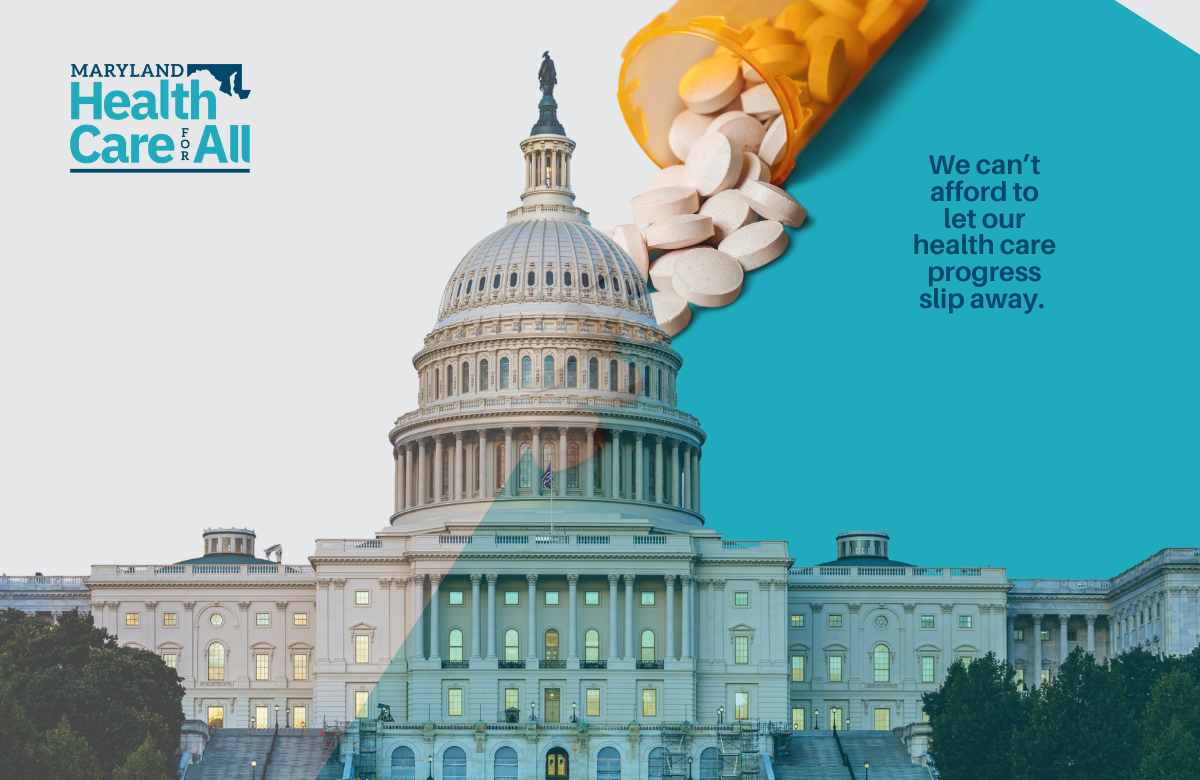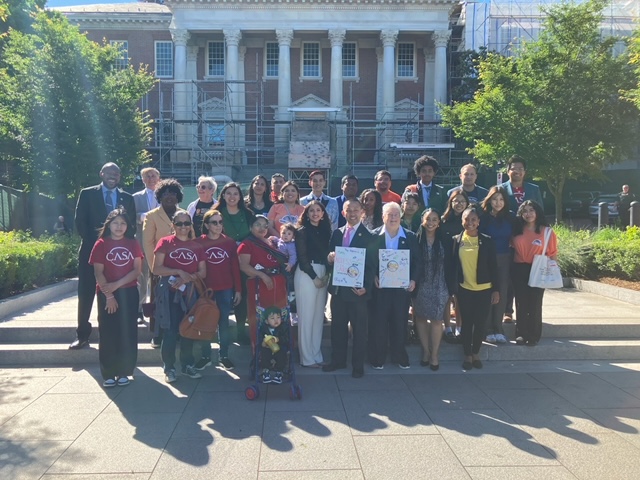The Baltimore Sun
November 19, 2013
Meredith Cohn
Beginning Tuesday, radio and TV ads will encourage residents to call 211 and get health coverage under the Affordable Care Act.
With technical difficulties still frustrating efforts to enroll in health plans through online exchanges — and deadlines looming to enroll — health care advocates and state officials are looking for ways to work around the malfunctioning websites.
While advocates say the 211 phone line campaign was planned long before the much-publicized exchange glitches, they acknowledge it comes at a convenient time. Ads for the hotline — for Maryland, Virginia and the District of Columbia — will target people who may qualify for Medicaid or subsidized insurance.
“I think we’re really going to reach a lot of people,” said Vincent DeMarco, president of the Maryland Citizens Health Initiative Education Fund, which is spending about $400,000 on advertising and staffing the phone line. “Some people just don’t know where to turn, and the 211 number is really easy to remember.”
The troubled state and federal exchanges were supposed to offer one-stop shopping for the uninsured to buy policies under the new health law. Given the glitches, the need to find other ways to help about 800,000 uninsured Marylanders has become even more acute.
So-called navigators have been employed to guide consumers through the enrollment process online but have been taking paper applications. Officials also are enrolling people in existing state health programs that don’t go through the exchange, to get them coverage for the time being.
Meanwhile, state officials and insurers are still trying to decide how to address 73,000 state residents being dropped from insurance policies that that don’t meet requirements under the Affordable Care Act.
President Barack Obama, under pressure from critics, last week called for insurers to consider extending those policies for another year, when health plans are supposed to offer a new basic set of benefits, and are more expensive in some cases. But insurance industry officials have said it might be difficult to reverse course now.
Maryland Attorney General Douglas F. Gansler sent a letter Monday warning insurers not to unlawfully dump any other policyholders, such as those with pre-existing conditions. And if they terminate a policy, he reminded them that they must explain why and what other options are available, including plans offered by the insurer and on the exchange.
Consumers shopping on the exchanges must enroll by mid-December to have coverage by Jan. 1 and must buy a policy by March to avoid a fine under the law.
In the first month of operation, Maryland’s online exchange has seen more than 400,000 website visitors. People have submitted nearly 11,000 applications, but only 1,284 people have enrolled in plans. It’s not known how many have tried and failed because of technical difficulties.
Altogether, 106,000 people enrolled in health coverage nationwide last month, nearly half of who were in California or New York, both of which also have set up their own state exchanges. That was far below administration projections.
White House spokesman Jay Carney said Monday that the administration is now working with insurance companies to allow consumers to enroll directly with insurers, bypassing the troubled HealthCare.gov site.
Kathleen Westcoat, CEO of HealthCare Access Maryland who was hired by the state to help the uninsured sign up for coverage on the state exchange, has been taking calls and setting up informational meetings. When the state’s online exchange isn’t working well, “navigators” there use a paper intake form.
Westcoat said the process is often frustrating because state exchange officials provided an incomplete form, and navigators usually discover they have to call people back to get more information once they go online. Westcoat said she expects the exchange to provide a more thorough paper application in coming weeks.
A bigger issue is that navigators frequently have trouble getting onto the exchange, and they have a backlog of 1,500 paper forms, she said. They have only been able to enroll about 200 people by typing in information into the exchange themselves.
Rebecca Pearce, the Maryland exchange’s executive director, said: “We’re reviewing each step to see what can be done more efficiently and effectively.”
To avoid the website altogether, navigators and state officials are also enrolling people in existing state programs that don’t go through the exchange, including the Primary Adult Care program for low-income people and the Maryland Health Insurance Plan for people with pre-existing conditions. PAC enrollees eventually will be moved to Medicaid and those in MHIP to private insurance on the exchange.
“Work-arounds are the right way to go for now,” Westcoat said. “It’s good to have Plan B while they work on glitches. It’s fine to use something that works even if it’s old. We want to get people enrolled in health care, and whatever that looks like, we’re in support of.”
The deadlines to get insurance coverage are looming large for some, including Lonnie Nortman of Annapolis.
Nortman has tried repeatedly to browse for policies on the exchange and to get technical help to resolve the error messages. He wants to find a better deal on a health plan than those offered by his and his wife’s employers. The premiums for both jumped substantially this year for their family of four.
He also said he made an appointment with a navigator, who didn’t show up. He drove to other locations where he heard navigators would be in Anne Arundel County but didn’t have any luck. He said he planned to keep trying by phone and computer. His family’s current policy comes up for renewal in the coming days.
“I’ve been trying since Day 5 after the website opened and have had zero success,” Nortman said. “I also drove all over Anne Arundel County looking for help. I blew my half-day off work trying to figure this out.”
Some, like Marty Chase, who lives in Chevy Chase and is self-employed, are pleased the state is keeping his plan for now.
He’s enrolled in the Maryland Health Insurance Plan, which state officials confirmed would be extended until March for the 2,000 enrollees who were set see their coverage expire in December. Another 18,000 are enrolled in the plan and many face expiration in June, though state law allows the plan to remain in effect until 2020, and no decision has been made on terminating it.
“The Maryland health exchange policies are inferior to the old MHIP policies,” Chase said.
Joshua Sharfstein, secretary of the state Department of Health and Mental Hygiene, said officials are trying to “ensure a smooth transition” for those in MHIP.
DeMarco, the health care advocate, said his goal with the hotline is to make sure the uninsured don’t give up on getting coverage. His ad campaign will feature stars from the professional-football community and will run for two months. Through the 211 call center run by the United Way, receptionists will route callers to the exchange call center and to navigators in their area who can sign them up for Medicaid or another state program, or start the paperwork for private insurance.
Exchange officials, meanwhile, continue work on the online marketplace.
Last modified: November 19, 2013




